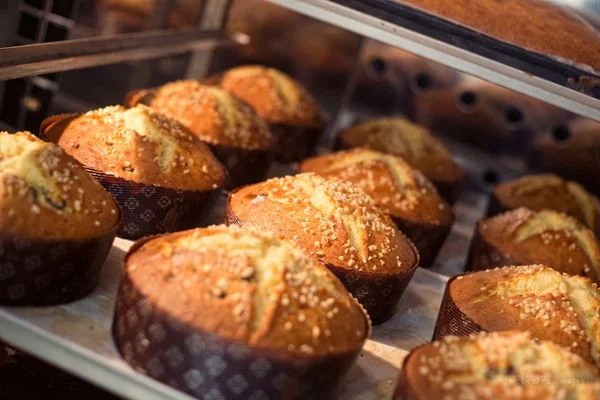Few baked goods can claim the same level of fame and recognition as Madeira cake. This simple yet delicious cake has become a staple in bakeries and households around the world, renowned for its light, buttery texture and distinctive citrusy flavor. But where did this beloved cake come from, and what is its story?
In this article, we will take a deep dive into the fascinating history of Madeira cake. From its humble origins in the 18th century to its place as one of the most popular baked goods today, we will explore the ingredients, cultural significance, and evolution of this iconic cake.

- The Origins of Madeira Cake
- Ingredients and Recipe of Madeira Cake
- Cultural Significance of Madeira Cake
- Evolution of Madeira Cake over Time
- FAQs about Madeira Cake
- Conclusion
The Origins of Madeira Cake:
The origins of Madeira cake can be traced back to the 18th century, when Madeira wine was first exported from the Portuguese island of Madeira. The cake was originally made to accompany the wine, and it was often served as a dessert during the traditional Madeiran afternoon tea.
It is said that the cake was first created by English chefs who were working on the island, as they sought to create a cake that would withstand the long voyage back to England. Madeira cake proved to be the perfect solution, as its dense texture and high fat content allowed it to remain fresh and moist for weeks on end.
Ingredients and Recipe of Madeira Cake:
The traditional recipe for Madeira cake is relatively simple, consisting of just a few key ingredients: butter, sugar, eggs, flour, and lemon or orange zest. These ingredients are beaten together until light and fluffy, then baked in a slow oven for around an hour.
One of the key characteristics of Madeira cake is its dense texture, which is achieved by using a high proportion of butter and sugar in the recipe. The cake is also traditionally flavored with lemon or orange zest, which gives it a distinctive citrusy flavor.
Cultural Significance of Madeira Cake:
Over the years, Madeira cake has become an integral part of British culinary culture, with many households baking it for special occasions such as Christmas and Easter. In fact, it is often said that no British tea party is complete without a slice of Madeira cake!
In addition to its popularity in the UK, Madeira cake has also gained a following in other parts of the world, including Australia, New Zealand, and South Africa. Today, it is widely regarded as one of the world’s most beloved baked goods.
Evolution of Madeira Cake over Time:
While the basic recipe for Madeira cake has remained relatively unchanged over the years, there have been some variations and adaptations to the original recipe. For example, some bakers may add dried fruit or nuts to the cake, while others may use different types of citrus zest to vary the flavor.
In addition, there are now many different recipes available online and in cookbooks, with some bakers experimenting with alternative ingredients such as almond flour or coconut oil.
FAQs
The cake is named after the Portuguese island of Madeira, where it was first served.
While it does require some skill to achieve the perfect texture, Madeira cake.
